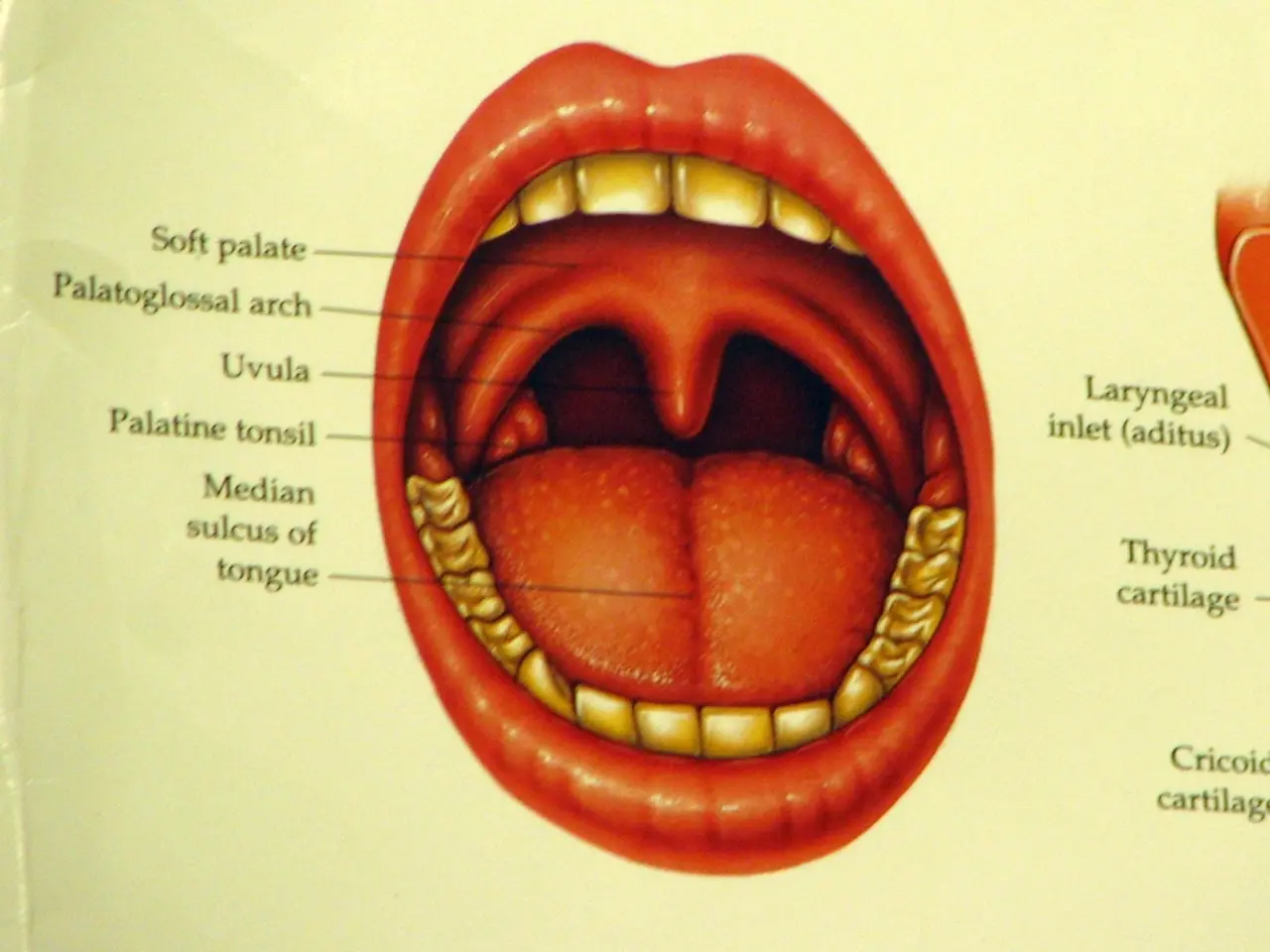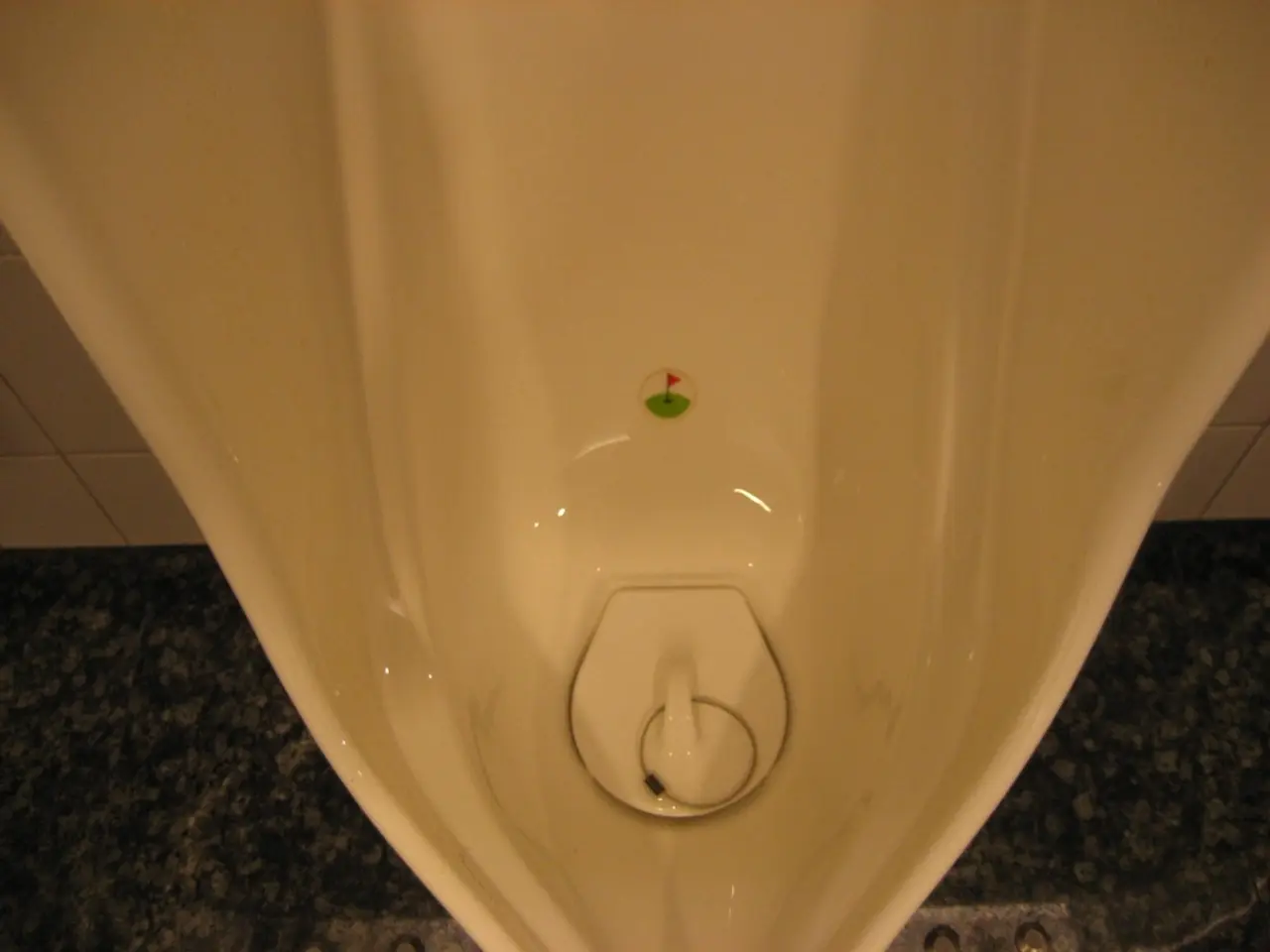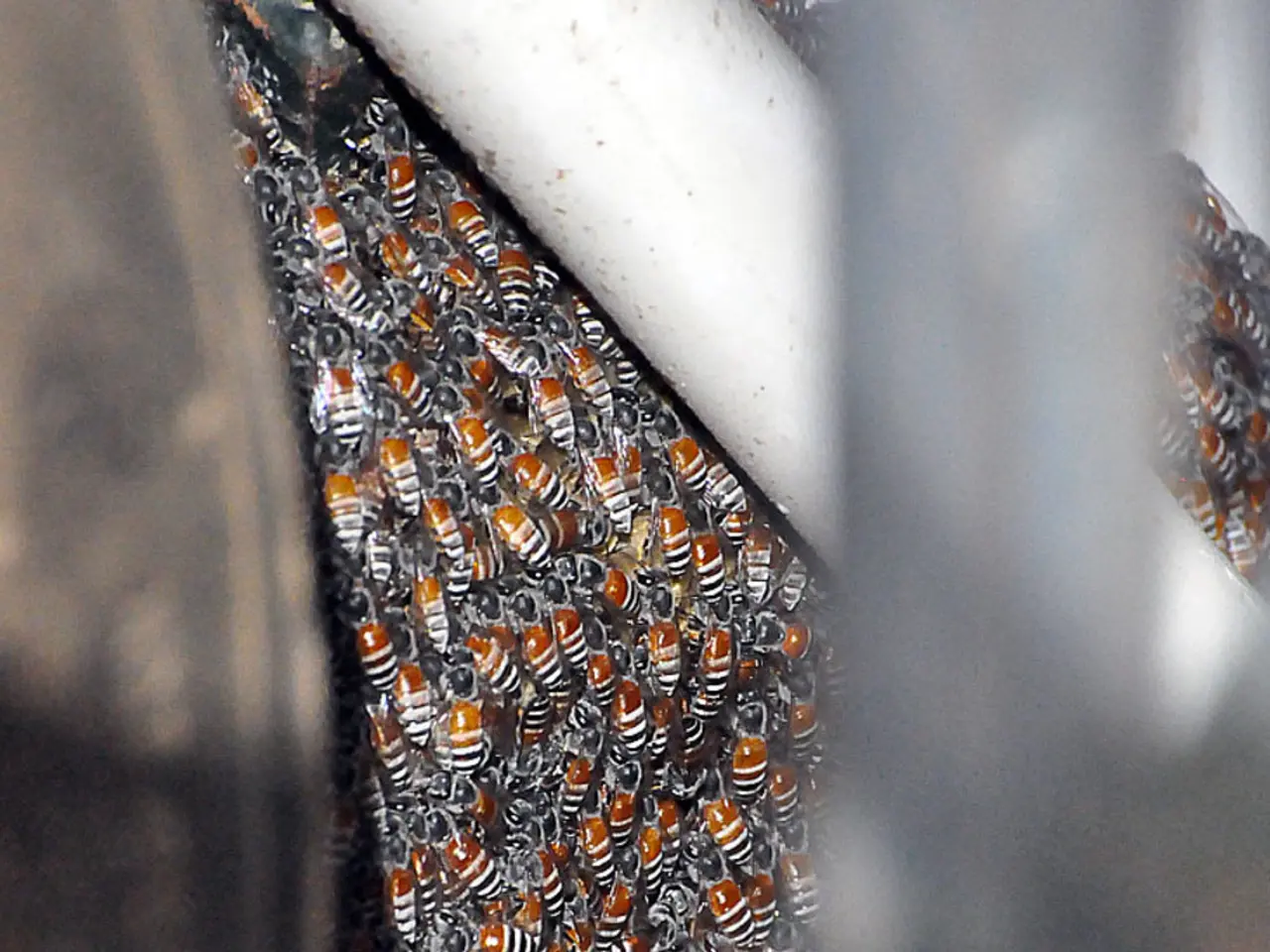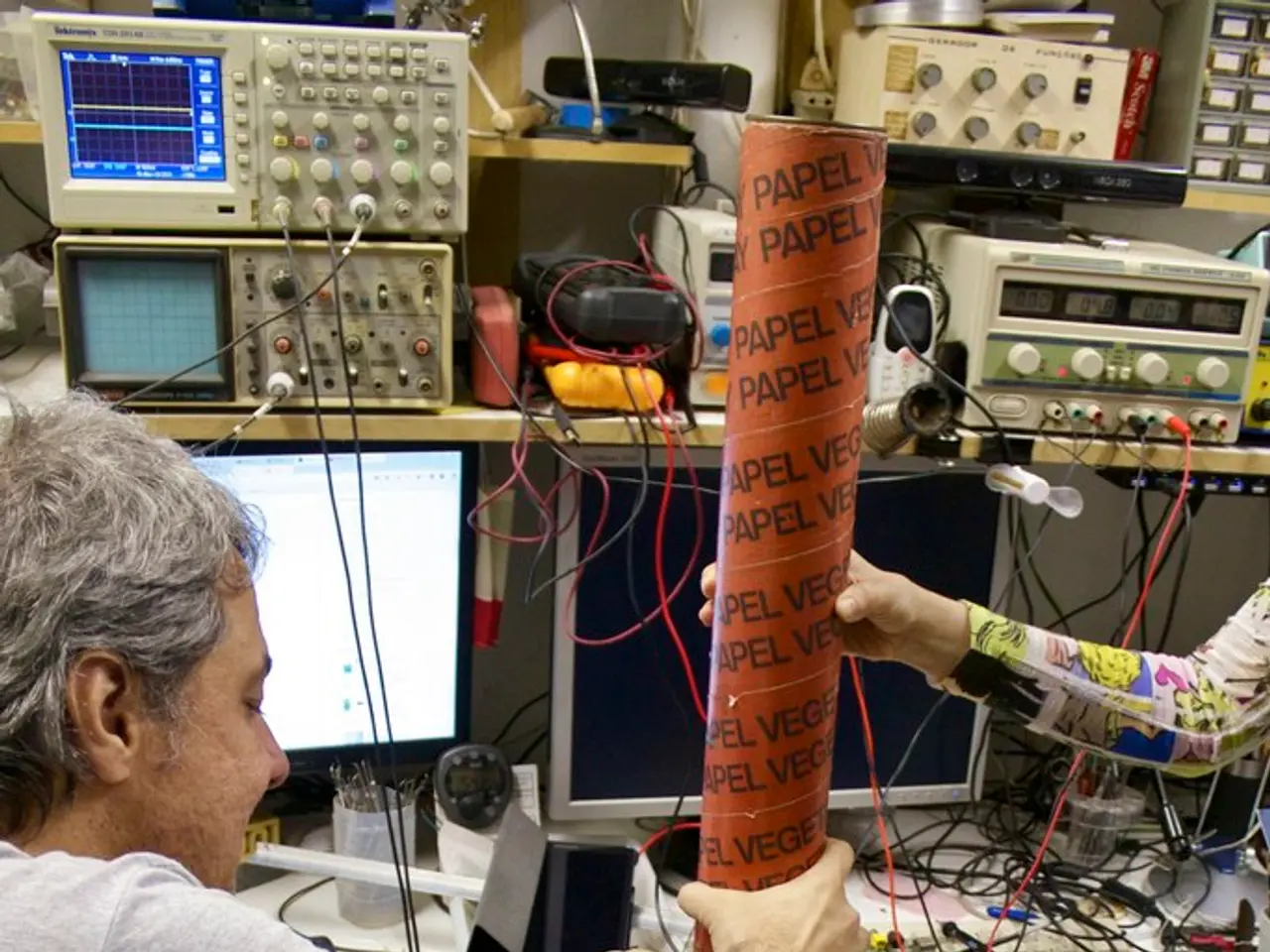Baffling Dental Decay Unveils the Enigma of Human Origin: New Exploration of Tooth Decay Offers Insights into Human Evolution.
In a groundbreaking study published in the July issue of the "Journal of Human Evolution," researchers at the Palaeodiet Research Lab of Monash University in Australia have discovered that Uniform Circular Pits (UCS pits) found on the enamel of *Paranthropus* teeth could be a unique genetic trait, shedding new light on the evolutionary history of early human relatives.
The pits, which are uniform in size and shape, are circular, shallow, and clustered primarily on the thick enamel of the back molars of *Paranthropus* species. Remarkably, roughly half of the Paranthropus teeth from South Africa examined showed the characteristic depressions, while other hominin species showed hardly any. This suggests that UCS pitting is a stable trait throughout the evolutionary history of *Paranthropus*.
Ian Towle, co-author of the study, explains that teeth preserve an incredible amount of biological and evolutionary information. He suggests that paleoproteomics, the analysis of ancient proteins preserved in tooth enamel, could uncover genetic connections related to UCS pit formation.
The study analyzed dozens of fossil teeth from hominins who lived in East and South Africa between 3.4 to 1.1 million years ago, focusing on the presence of UCS pits. The findings of the study could provide clues about human ancestry, as UCS pitting is unlikely to be caused by external factors and is not found in living primates or the genus *Homo* (except for rare disease-related cases).
Because UCS pitting is hypothesized to be a heritable characteristic unique to certain extinct hominin groups, it is believed to be a promising tool to identify and differentiate fossil specimens and to clarify evolutionary relationships among early human relatives. UCS pits may serve as a new diagnostic feature in paleoanthropology, offering a morphological marker that complements other anatomical and genetic data used to reconstruct the hominin family tree.
The question of whether UCS pits occur more frequently in male or female individuals is particularly intriguing for future research, according to Ian Towle. Further research is necessary before UCS pit formation can be reliably used as a taxonomic marker, as the scientists warn against hasty conclusions due to the scarcity of examples in the lineage.
The study does not suggest that UCS pits are the result of disease or malnutrition. Isolated signs of pit formation were found in East African australopithecines, supporting the hypothesis that the Paranthropus lineage may have developed from East African ancestors. However, no convincing evidence of UCS pits was found in Australopithecus africanus, a closely related hominin, after examining over 500 teeth.
In summary, the significance of UCS pits lies in their potential use as a genetic and evolutionary marker that helps researchers better understand the phylogeny of early hominins. Their presence provides a novel and objective trait that can aid in classifying fossil teeth and reconstructing the evolutionary history of our distant relatives within the genus *Paranthropus* and related groups.
- This discovery of Uniform Circular Pits (UCS pits) in the enamel of Paranthropus teeth could potentially lead to advancements in medical-conditions research, as the formation of these pits could be linked to genetic traits related to health-and-wellness.
- Furthermore, the study of space-and-astronomy might benefit from the analysis of UCS pits in fossil teeth, as understanding the evolutionary history of early human relatives like Paranthropus could provide insights into our understanding of life on Earth and its origin.




